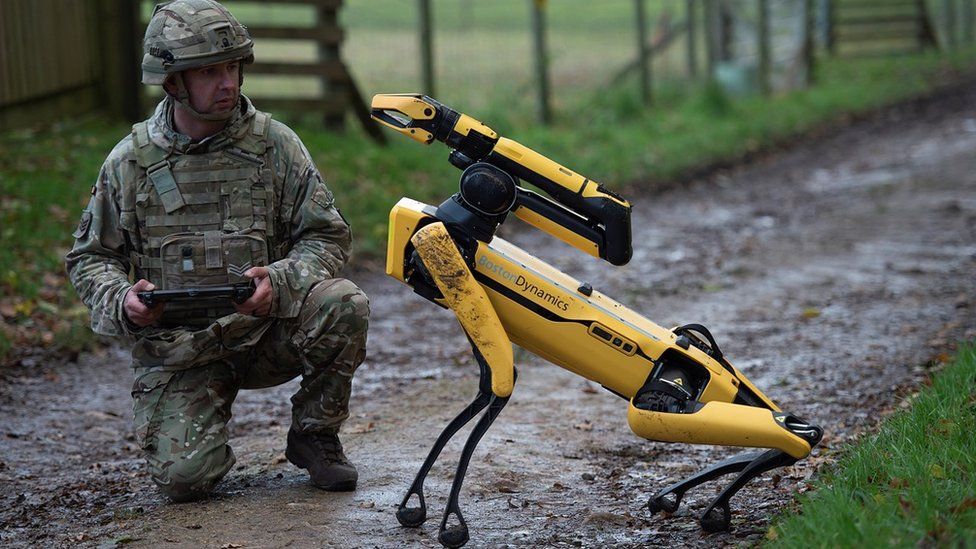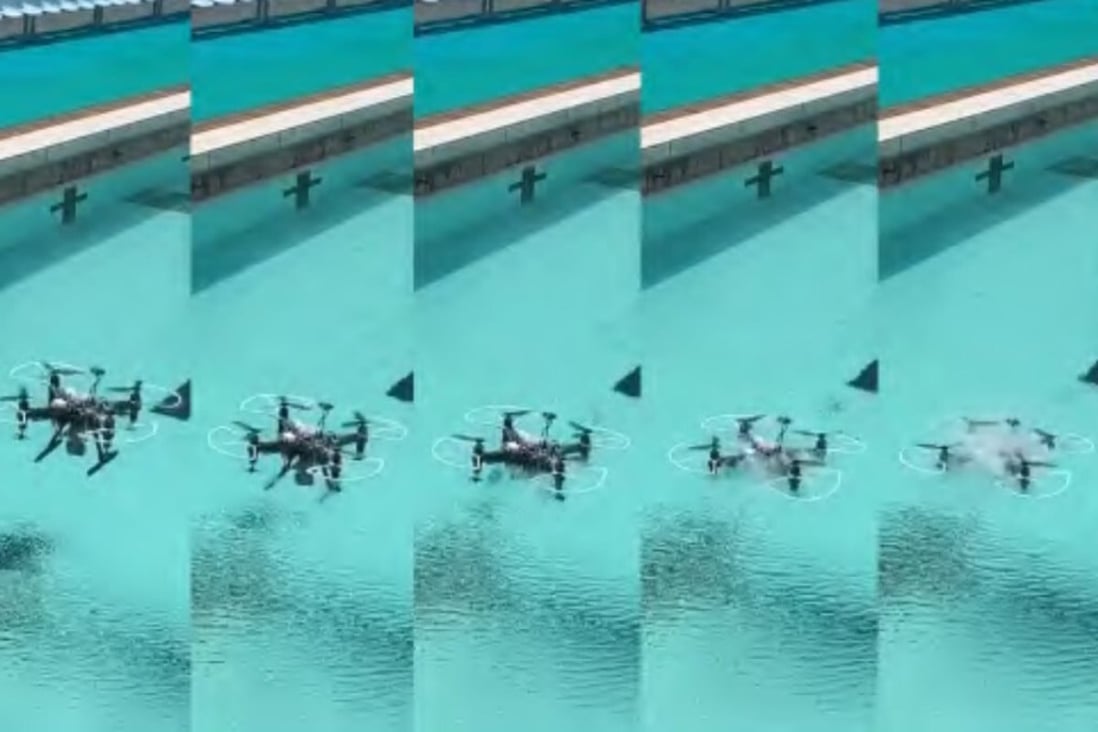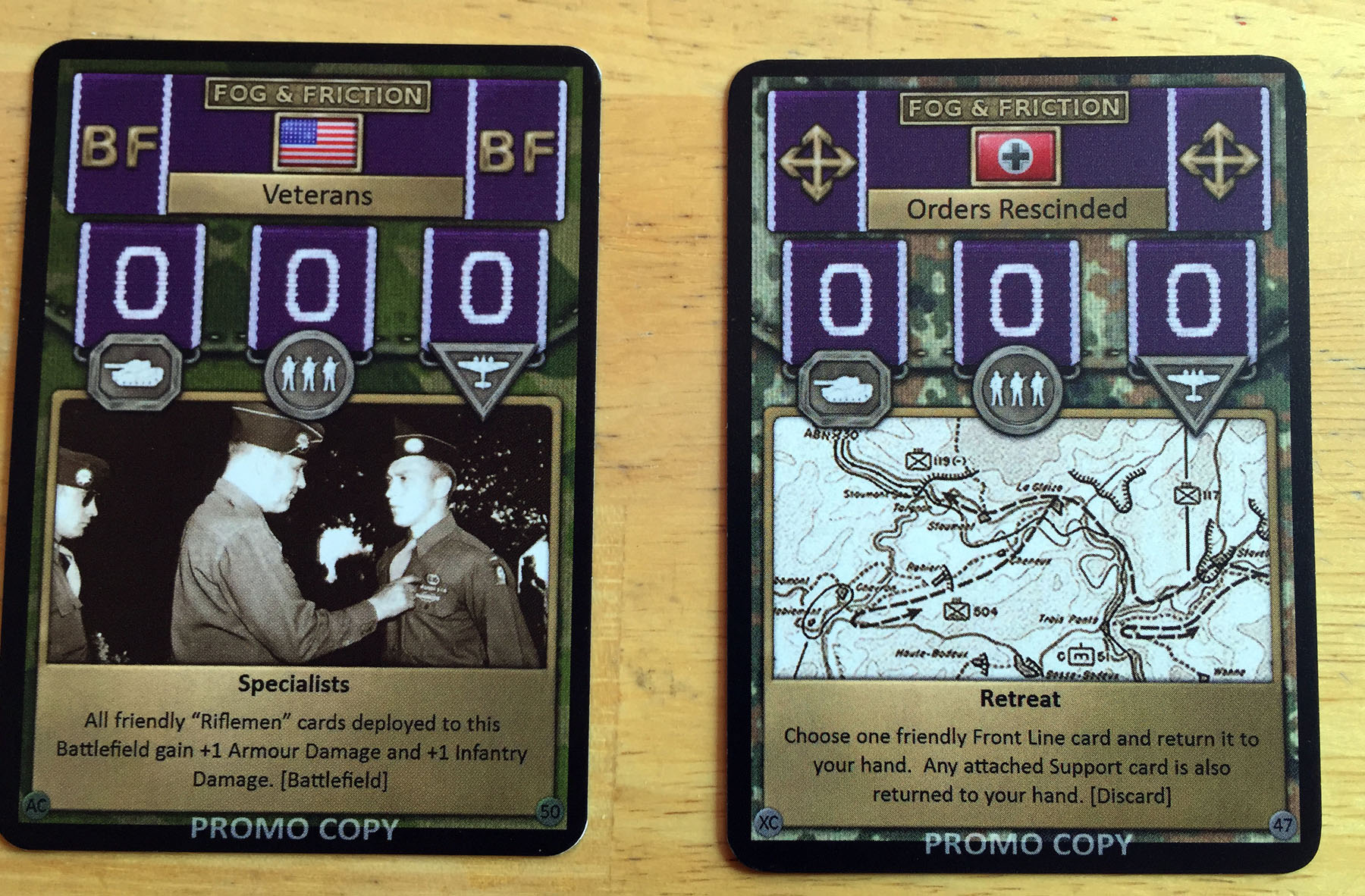
Radar was a vital tool in war fighting during the Second World War. It was developed to detect targets in air or sea. Several countries began developing radars, including Britain and the United States. Many radar experts were created during the war. Some of these radar experts were made peacetime employees while others joined military service.
Heinrich Hertz, German physicist and inventor of radar, developed the concept of radar in late 1880s. Hertz developed a device that measured the speed of light. His results showed that radio waves can reflect from metallic surfaces. Maxwell claims that radio waves can also reflect off of dielectric media.
Radar equipment was first developed in the 1930s by scientists in France and Germany. They used radio echoes to find aircraft. But, they were limited in their ability due to the long wavelengths required for accurate identification of enemy aircraft. The radars had a limited range before the 1940s. The first radars, which weighed hundreds and were heavy, were huge. The development of technology allowed the creation of smaller radars that could be fitted into small, dash-mounted units.

In the 1930s, the US Navy began experimenting with radar. It was found that radio waves could be reflected when a ship passes between two radio transmitters. It was discovered that radio waves could detect vehicle speed. A radio transmitter was placed by the US Naval Research Laboratory on the Potomac River. Then, a patrol car would drive by, triggering a signal. The officer would park his car, and a second officer would pull over and radio him with the speeder plate number. This allowed him to calculate the speed of the traffic moving toward the patrol car.
The Germans launched bombing attacks on England when war broke out in 1940. The Nazis knew they had an air advantage on the Allied bombers. Nighttime bombing missions were initiated by the Nazis. The Graf Spee eventually sank. These attacks led eventually to the need for a larger radar.
Christian Huelsmeyer was a German engineer who filed a patent in 1904 to create a radar effect. Telemobiloskop was his invention. He was very interested in the possibility of using radio waves to detect targets. The German navy was not interested in the invention. However, the Germans did advance in radar development. German Navy also started using radar as a defense against Allied bombarders.
British scientists experimented with radar as early as the 1930s. Watson-Watt was the one who developed the first radar system, which was based on Doppler Principle. His system was designed for the detection of enemy bombers from the air. He also installed a chain of radar stations along the coasts of England and the South and East coasts of England. The chain of radar stations was completed in September 1939.

US radars were also created for use on patrol cars. The early radar systems weighed hundreds of pounds and could not accurately measure a speed. In addition, a parked officer would wait for a car to pass. In order to measure the speed of a car, the officer would park his car and pull over to a signal.